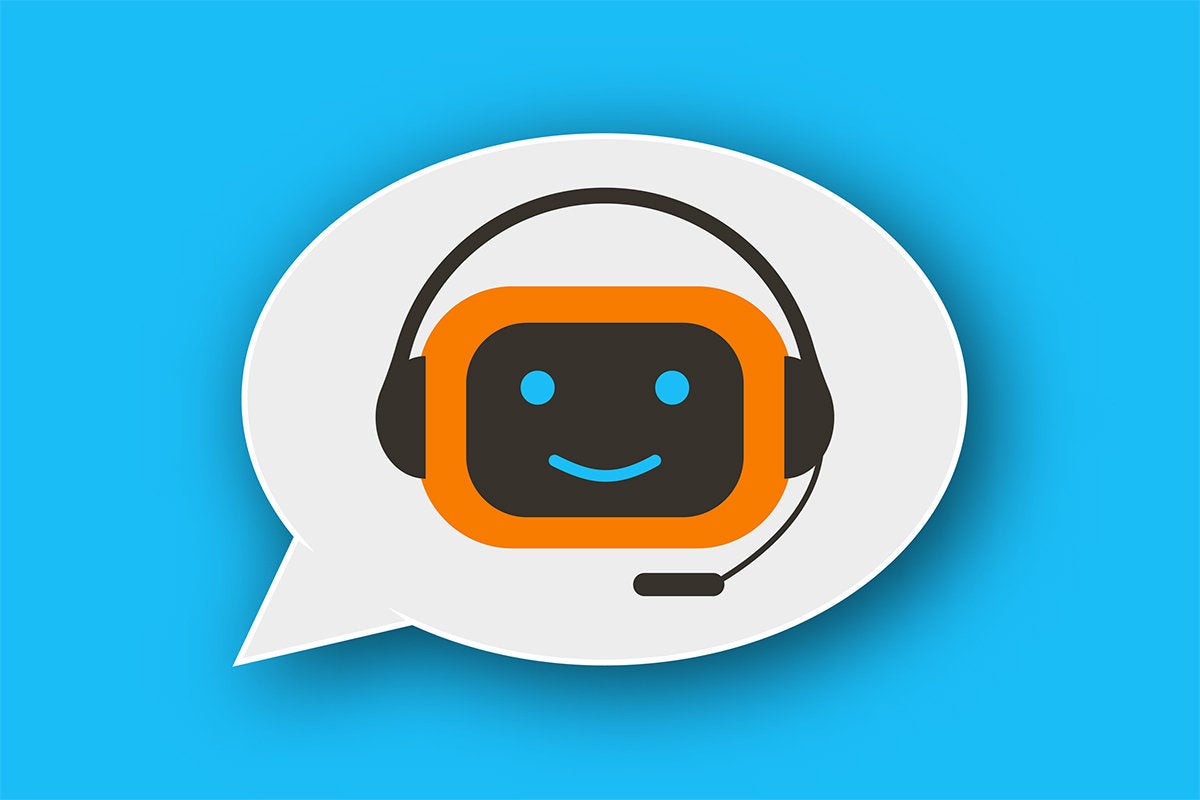

With chatbots, a business can scale, personalize, and be proactive all at the same time-which is an important differentiator. They allow companies to easily resolve many types of customer queries and issues while reducing the need for human interaction. The value chatbots bring to businesses and customersĬhatbots boost operational efficiency and bring cost savings to businesses while offering convenience and added services to internal employees and external customers. Apple’s Siri and Amazon’s Alexa are examples of consumer-oriented, data-driven, predictive chatbots.Īdvanced digital assistants are also able to connect several single-purpose chatbots under one umbrella, pull disparate information from each of them, and then combine this information to perform a task while still maintaining context-so the chatbot doesn’t become “confused.” In addition to monitoring data and intent, they can initiate conversations. Digital assistants can learn a user’s preferences over time, provide recommendations, and even anticipate needs. They apply predictive intelligence and analytics to enable personalization based on user profiles and past user behavior. These chatbots are contextually aware and leverage natural-language understanding (NLU), NLP, and ML to learn as they go.
Data-driven and predictive (conversational) chatbots are often referred to as virtual assistants or digital assistants, and they are much more sophisticated, interactive, and personalized than task-oriented chatbots. These are currently the most commonly used chatbots. Though they do use NLP so end users can experience them in a conversational way, their capabilities are fairly basic. Task-oriented chatbots can handle common questions, such as queries about hours of business or simple transactions that don’t involve a variety of variables. Interactions with these chatbots are highly specific and structured and are most applicable to support and service functions-think robust, interactive FAQs. Using rules, NLP, and very little ML, they generate automated but conversational responses to user inquiries. Task-oriented (declarative) chatbots are single-purpose programs that focus on performing one function. Learn more about the competitive advantages of chatbots in different industries.Driven by AI, automated rules, natural-language processing (NLP), and machine learning (ML), chatbots process data to deliver responses to requests of all kinds. Progress NativeChat equips you with the tools to address the specific needs of your business and can serve various verticals and use cases.  The NativeChat web chatbot provides personalized experiences to your users by leveraging the deep integration with the content platform and Sitefinity Insight segmentation. A properly trained chatbot will keep asking the visitor the right questions and making relevant suggestions to complete all the steps towards the predefined goal. Guided conversation chatbots can automate tasks such as booking an appointment, submitting a request, filling a form. Chatbots help ease the pressure off of your support and allow customers to self-serve. The NativeChat bot is integrated with Sitefinity content, so you can pull FAQ items already existing in your WCM. You can train your bot to understand and answer questions your users frequently ask. Chatbots provide an intuitive way for website visitors to access information. Among others, here are the top three reasons our clients consider web chatbots as an extra channel in their customer experience orchestration: Adding a chatbot to your website can enhance the user experience in a number of ways.
The NativeChat web chatbot provides personalized experiences to your users by leveraging the deep integration with the content platform and Sitefinity Insight segmentation. A properly trained chatbot will keep asking the visitor the right questions and making relevant suggestions to complete all the steps towards the predefined goal. Guided conversation chatbots can automate tasks such as booking an appointment, submitting a request, filling a form. Chatbots help ease the pressure off of your support and allow customers to self-serve. The NativeChat bot is integrated with Sitefinity content, so you can pull FAQ items already existing in your WCM. You can train your bot to understand and answer questions your users frequently ask. Chatbots provide an intuitive way for website visitors to access information. Among others, here are the top three reasons our clients consider web chatbots as an extra channel in their customer experience orchestration: Adding a chatbot to your website can enhance the user experience in a number of ways.






 0 kommentar(er)
0 kommentar(er)
